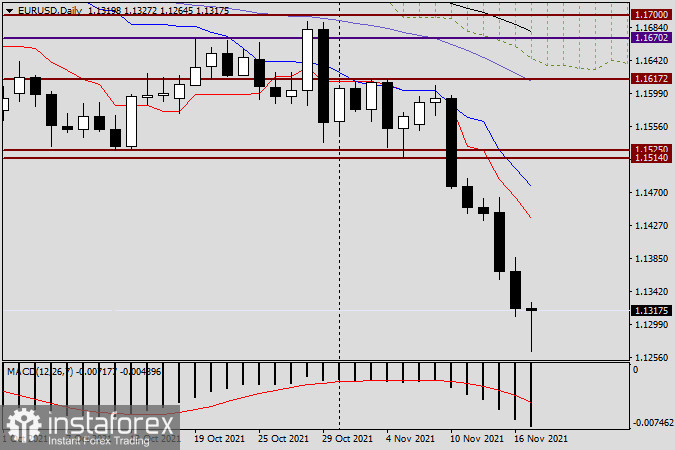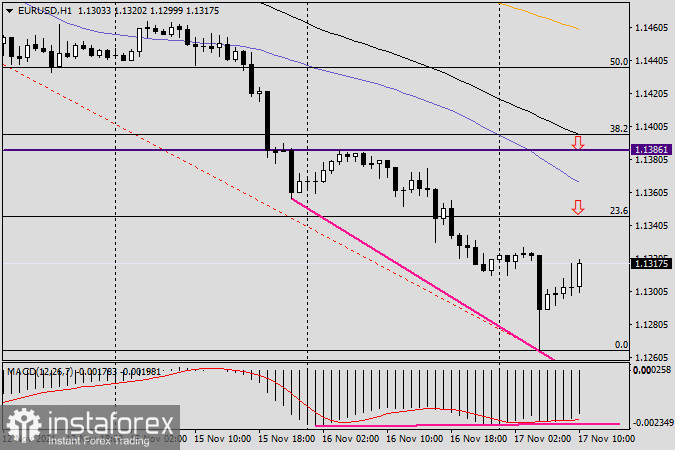US dollar strengthens against the euro
Some of the world's major central banks have already started to tighten their monetary policy and under favorable conditions may raise the federal funds rate once or even twice next year. However, not everyone is following the trend in monetary policy, which is usually set by the Fed. The example of the European Central Bank (ECB) is a case in point. Its president Christine Lagarde has a distinctly dovish tone. Recently, in one of her many speeches, Lagarde made it clear that the key interest rate is unlikely to be raised in 2022. The only thing the ECB has managed to do is to reduce its quantitative easing program from the 4th quarter of this year.
This difference in approach to monetary policy between the Fed and the ECB is not unexpected news. After the COVID-19 pandemic began, it was the US Central Bank that was the first to stimulate its national economy. The ECB got involved later and less decisively than its US counterpart in supporting the euro area economy. On this basis, there was a high probability that the Fed would start the rate hike process earlier than the ECB. If this is the case, the US dollar will have an undeniable advantage over the European currency. This is what is already happening now. Markets are already pricing in a more hawkish Fed stance, with the consequence that the US dollar continues to strengthen against the euro.
Daily

In yesterday's trading, the main Forex currency pair continued its downward scenario. The low of the November 16 session was shown at the technical level of 1.1310, from which there was a small rebound. Tuesday's trading ended at 1.1317. Today the bears continued the pressure and dropped the rate to 1.1264. However, there was a bounce later from this level. As a result, the EUR/USD is trading near 1.1319. It is likely that after such a strong decline, a lot will depend on the final shape of today's candle and its closing price. If the candlestick at least retains its current form (with a long lower shadow), it can be considered as a reversal pattern of the candlestick analysis and we can get ready for a corrective pullback. However, it is too early to expect a complete reversal.
H1

 English
English 
 Русский
Русский Bahasa Indonesia
Bahasa Indonesia Bahasa Malay
Bahasa Malay ไทย
ไทย Español
Español Deutsch
Deutsch Български
Български Français
Français Tiếng Việt
Tiếng Việt 中文
中文 বাংলা
বাংলা हिन्दी
हिन्दी Čeština
Čeština Українська
Українська Română
Română

